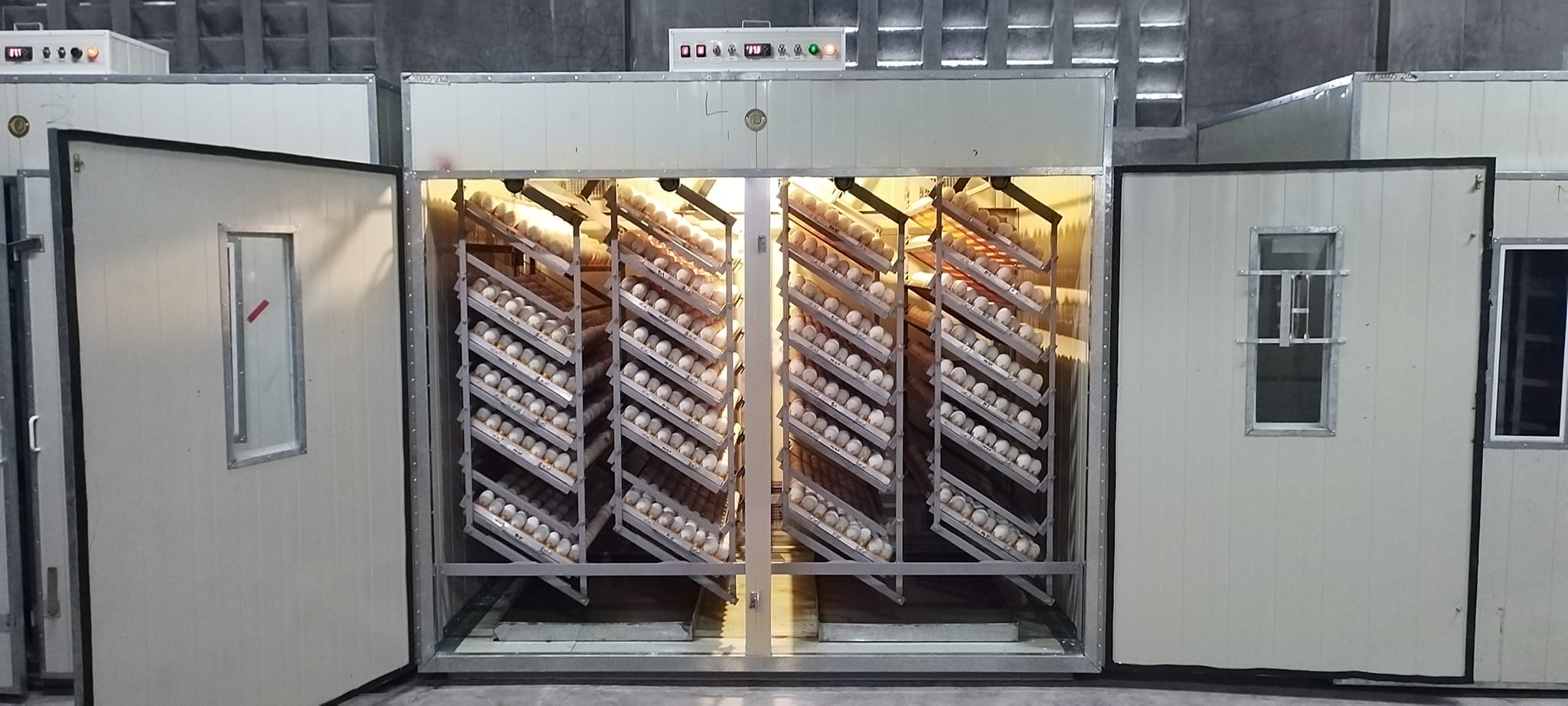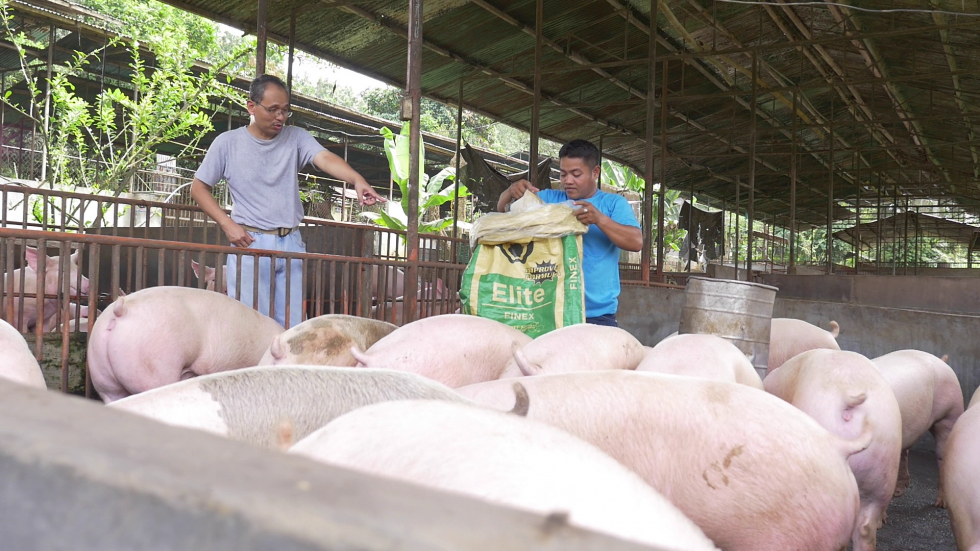
5 Steps Every Paw-rent Can Follow When Switching to New Dog Food
Thinking of changing the kind of food you feed your floof babies? Well, it won’t be super easy, but it won’t be as hard either. Changing your doggo’s food is not something you can expect to happen overnight. Think of it this way: if you’re not comfortable with sudden changes in your routine, your dogs may not sit well with drastic changes as well.
We, at Maxime, can help you live the best life together with this list of stuff you need to know before you switch things up with your dog!
1. Choose the Best Food for the Floof!
Of course, before you start transitioning, you must choose first what you’ll be transitioning into. How do we know the “best” one, you ask? Well, we can start first with the easiest to spot indications: the dog food has the words, “complete and balanced diet” on the label!
Finding the right food that your dog will also love can be a lot to process, but always make sure that you monitor their appetite, behavior, and stool quality during the transition. This will help you decide on what food the floof approves of. As always, it’s also best to consult your resident veterinarian regarding your dog’s health and nutrition.
2. The Switch Must Happen Gradually
You do not want to be that hooman who made food taste weird, right? So, changing your dog’s food should be done at a certain pace that they wouldn’t even notice. Aside from this, our floof babies’ little tummies are surprisingly sensitive that abrupt changes in their food might upset their stomachs.
To prevent vomiting and diarrhea, you have to condition them first and do 7 days of transition. You can start by mixing up their new food with the old one, following these recommended rations:
Days 1 & 2 – 25% new food; 75% old food
Days 3 & 4 – 50% new food; 50% old food
Days 5 & 6 – 75% new food; 25% old food
Day 7 – 100% new food
3. Monitor the Doggo’s Reaction
On the first day of gradually transitioning to new dog food, make sure you look for the signs of an upset stomach. It’s also important to keep an eye on your doggo’s stool and see if there are noticeable changes. When checking these, be on the lookout for abnormal reactions, and slow down the process — if needed — to give the dogs more time to adjust.
4. Keep the Doggos Well Hydrated
Transitioning can be a bit weird for your dogs, so you need to make sure that they are getting enough, if not plenty, of water during this time. Monitor their drinking behavior closely and be on the lookout for sudden changes as well. These can either be excessive drinking or not drinking at all. To prevent further digestive issues that may arise because of the new food, you can gradually go back to their old food again or consult with your vet for a more comprehensive look.
5. Check If They’re Ready or Not
As much as we do not like being forced, the floof babies might not appreciate it as well. If they do not seem to like or tolerate the new food, it’s perfectly fine. You can slowly shift them back to the old food and look for another kind after some time, just to give their little tummies a break.
If this still happens after a series of tries, it’s better to check with your veterinarian to find out what’s making your little guy’s stomach upset.
Living the best life together with your pets starts when they receive the right amount of nourishment from their food. At Maxime, we offer complete and balanced nutrition that’s delighting your dog’s palate, while giving them healthy skin and coat in every bowl. If you want to learn more, you may visit our official Facebook page, leave us a message, and we can further discuss what you need.
References:
Hill’s Pet Nutrition
American Kennel Club



